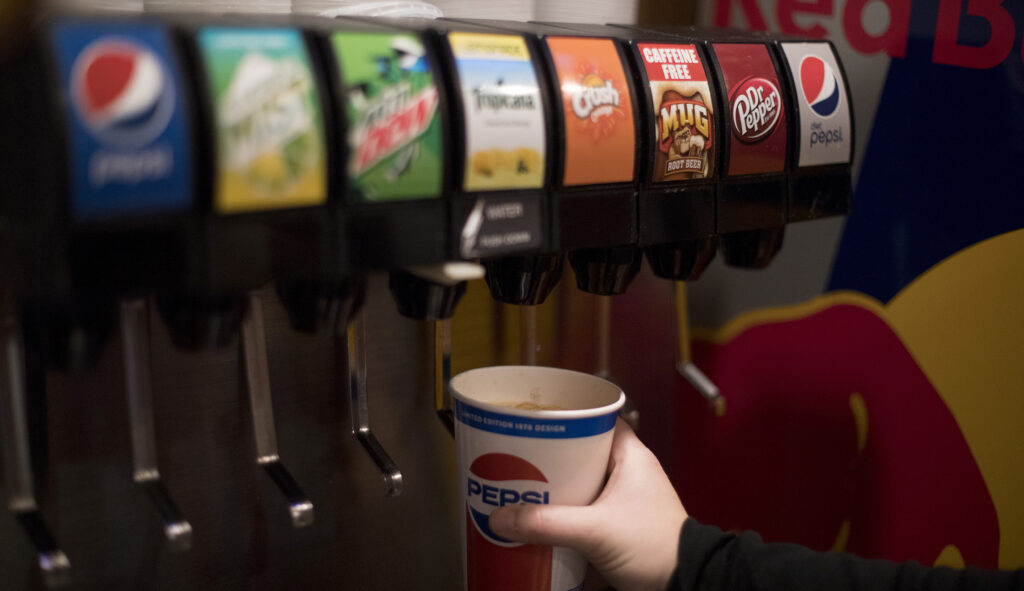Washington Examiner – Soda bans won’t make SNAP beneficiaries healthier

This Dec. 25, 2018, file photo shows soda fountain dispenser at the Back Bowl bowling alley in Eagle, Colo.
As a physician, social and behavioral epidemiologist, and longtime hospital executive, I understand all too well how dire our nation’s health crisis is, especially in underserved communities. It is certainly true that poorer populations, such as those families eligible for food stamps, have worse health outcomes and higher rates of obesity than the rest of the population. As a result, their medical care can be costly.
This Dec. 25, 2018, file photo shows soda fountain dispenser at the Back Bowl bowling alley in Eagle, Colo.
As a physician, social and behavioral epidemiologist, and longtime hospital executive, I understand all too well how dire our nation’s health crisis is, especially in underserved communities. It is certainly true that poorer populations, such as those families eligible for food stamps, have worse health outcomes and higher rates of obesity than the rest of the population. As a result, their medical care can be costly.
But there’s little reason to believe that the use of SNAP funds to purchase sodas would do much to reduce obesity at the population level. The Food and Drug Administration reports that, as of 2020, less than 6% of the typical diet is made up of sugar-sweetened beverages , and according to the Beverage Marketing Corporation, our country’s overall consumption of these drinks is down nearly 20% over the past two decades. This generational shift is most obvious among children, who are drinking 36% fewer calories every day.
